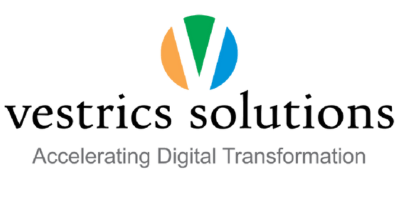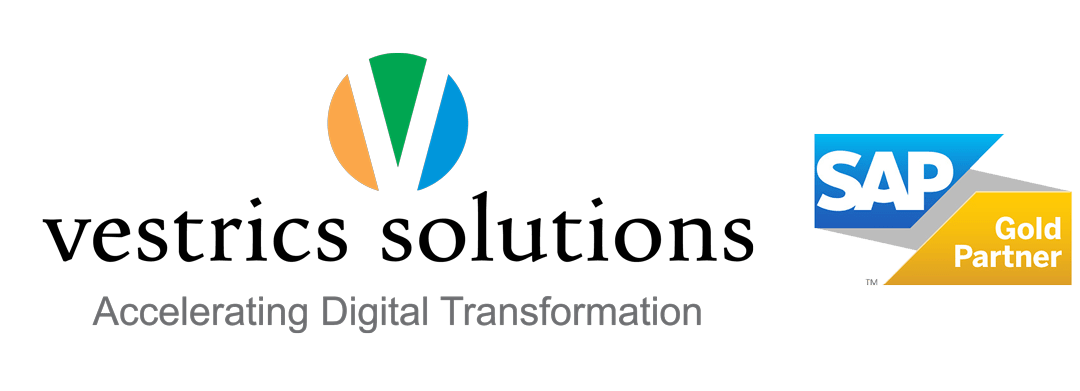Sales productivity plays a pivotal role in determining the success of an organization. Maximizing sales efficiency increases revenue and helps businesses build stronger customer relationships and enhance overall performance. Organizations must leverage various tools and technologies designed to streamline sales processes, improve communication, and strengthen collaboration among sales teams to achieve these goals.
Findings from research conducted by Harvard Business Review reveal that companies harnessing the potential of sales analytics and reporting software witness a notable 5-10% surge in revenue and a remarkable 15-20% enhancement in sales productivity. These software solutions offer invaluable revelations concerning sales achievements, customer tendencies, and market shifts, empowering sales units to adopt data-driven choices and refine their tactics. In this blog post, we will look into a comprehensive list of tools that can significantly enhance organizational sales productivity.
Artificial Intelligence (AI) and Sales Automation
Artificial Intelligence (AI) has a widespread influence on people’s lives. The inclusion of AI in sales processes significantly augments sales productivity. It empowers sales professionals with insights into customer behaviour, facilitating personalized product and service offerings. AI can guide sales experts in discerning priorities and areas to emphasize. This, in turn, dramatically assists in upselling and cross-selling endeavors. Additionally, AI-driven predictive analytics help identify leads with the highest likelihood of converting, enabling sales teams to prioritize their efforts efficiently. Vestrics is well-equipped to assist you in implementing Artificial Intelligence within your sales force CRM.
Data Analytics and Business Intelligence Tools
Informed decision-making is crucial for sales success. Data analytics and Business Intelligence tools empower organizations to gain actionable insights from sales data. These tools offer dynamic and real-time data visualization, allowing sales teams to perceive the pulse of their business environment. Sales trends, whether seasonal fluctuations or long-term shifts become vividly apparent. Customer behaviours, preferences, and purchasing habits crystallize into actionable insights, guiding businesses toward tailored approaches that resonate with their clientele. Moreover, the ebbs and flows of the market itself become discernible, offering a competitive advantage by enabling organizations to adapt to changing conditions swiftly.
Click to know how data analytics can help in improving sales productivity.
Mobile Sales Apps
Sales people are often on the move, and having accessible data is crucial for their work. A mobile application is indispensable for sales professionals. A CRM tool lacking a mobile app is akin to trying to row a boat without oars. The mobile app ensures that essential data is always within reach, enabling salespeople to conduct transactions while they’re on the move. This mobility ensures that sales activities remain uninterrupted, improving overall productivity.
Click to discover how integrating a built-in mobile app enhances the efficiency of salespeople!
Customer Relationship Management (CRM) Software
Central to optimizing sales productivity is the skilful handling of customer relationships. Through the use of CRM software, businesses gain access to a unified platform that houses customer information, monitors engagements, and oversees sales progress. These solutions encompass functionalities like lead supervision, contact organization, predictive opportunity evaluation, and data analysis. By leveraging these capabilities, sales units can effectively categorize leads, personalize strategies, and expedite deal closures with heightened efficacy.
E-signature Solutions
Closing deals often involve a series of paperwork and approvals. E-signature solutions like DocuSign and Adobe Sign eliminate the need for physical signatures by enabling the electronic signing of documents. This accelerates the sales process, reduces delays, and enhances the customer experience, ultimately improving sales productivity.
Selecting the optimal sales productivity tools requires thoroughly assessing various factors to align with your business needs. Consider the following criteria:
- Ensure an intuitive interface for quick adoption.
- Opt for tools that grow with your business.
- Seamless connection with existing software.
- Tailor tools to match your workflows.
- Ensure compatibility with various devices.
- Prioritize strong data protection measures.
- Comprehensive data insights for better decisions.
- Check for responsive customer assistance.
- Research user feedback for real insights.
- Evaluate pricing and potential ROI.
- Utilize trial periods to assess compatibility.
- Availability of tutorials and onboarding support.
- Choose reputable and experienced providers.
Conclusion
Optimizing sales productivity is no longer optional – it’s a necessity for organizational success. By leveraging the right tools, businesses can streamline their sales processes, improve communication, and enhance collaboration among sales teams. From CRM software to AI-powered automation, each tool mentioned in this blog post addresses specific aspects of the sales journey, collectively contributing to improved efficiency, better customer relationships, and, ultimately, increased revenue. As organizations continue to invest in these tools, they position themselves to thrive in the competitive sales world and achieve their growth objectives.






